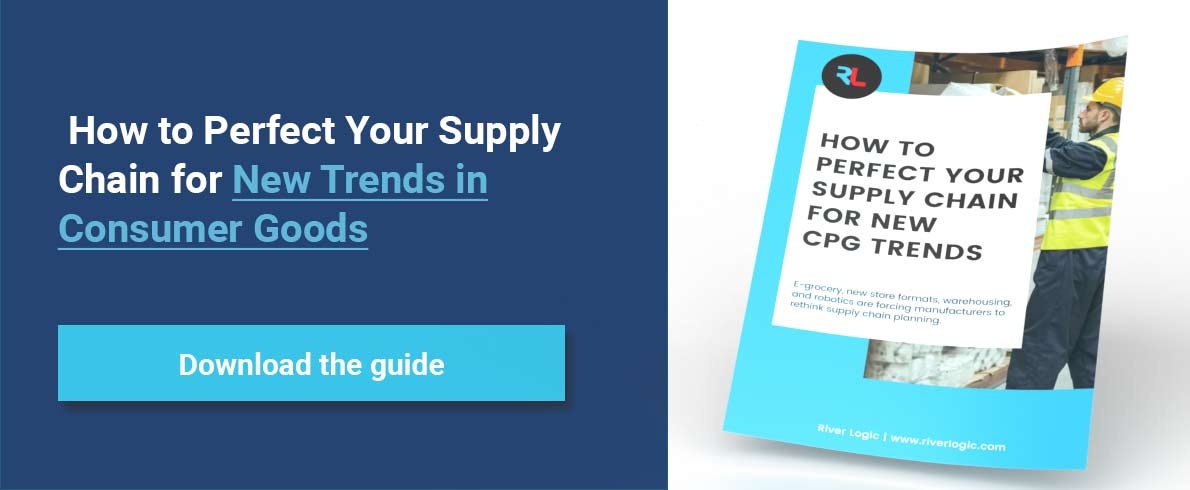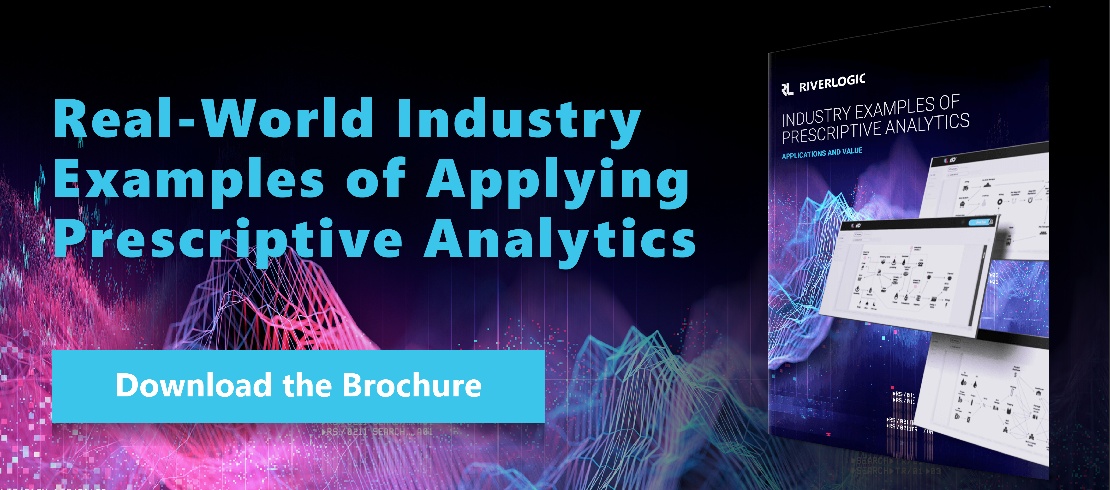While online sales are still dominated by large players like Amazon, the online CPG market is changing with numerous new entrants, including niche players. What’s vital for success is that online CPG selling should meet consumer expectations. This requires, in turn, investment in new CPG supply chain technologies able to determine optimal sales, marketing, and distribution strategies.
Online Consumer CPG Shopping Trends
In the last few years, online CPG sales have grown annually by 35.4 percent and currently represent more than 11 percent of the total CPG sales in the U.S. While Amazon created this market and still holds a dominant share, other retailers such as Walmart, Instacart, Kroger and Target are experiencing significant growth that, in many instances, exceeds 50 percent per annum. Despite this, Amazon’s online grocery market share is still notably higher than that enjoyed by its nearest competitor, Walmart.
While online CPG shopping from retailers like Walmart and Amazon to some degree replicates the non-brand specific shopping customers experience in a brick-and-mortar grocery store, CPG companies are fighting back by direct online selling, broadening their branded lines and through offering guaranteed availability of product lines in terms of variety and with a range of pack sizes. At the same time, a number of smaller companies are exploiting niche markets, such as online sales of confectioneries, chocolates, and snacks.
Consumer Expectations of Online CPG Shopping
Customer expectations of CPG shopping mirror that of general online retailing. They expect fast, preferably same-day delivery, especially of perishable items. They look for free deliveries and expect that the items listed are always available. They frown on the non-availability of stock due to stock-outs or shortages because this disrupts menu planning and is unacceptable.
A factor in favor of direct CPG selling is the ability to supply different pack sizes related to consumers’ individual needs, something not that well catered for by brick-and-mortar grocery shops. Buying patterns differ. Some customers want to be able to order online and pick up orders at a convenient micro warehouse or local store instead of home delivery. Some customers are willing to pay subscriptions that guarantee expedited delivery and the availability of discounts. Many look for simple, seamless payment options.

Different Ways CPG Companies Meet Customers’ Demands
To ease delivery of CPG goods, companies often need localized distribution centers carrying sufficient stocks to meet demand. To meet this requirement, Amazon has countrywide distribution centers within 20 miles of half of the population. Walmart relies on its network of 5,000 stores nationwide as well as 2,000 grocery pickup locations that cover nearly 70 percent of all Americans.
Some companies use autonomous delivery vehicles, while others have robots for order picking. CPG packaging is changing from showy retail display packaging to simple, compact packaging better suited for easy delivery.
Nevertheless, CPG companies face several risks such as rapidly changing consumer habits. They need to offer product lines that reflect evolving buying trends, particularly those of millennials and Generation Z. They must contend with logistics issues compounded by the shortage of truck drivers as well as unpredictable fresh food supplies resulting from major weather events.
Need for New CPG Supply Chain Technologies
CPG companies have a major presence in brick-and-mortar stores with supply chain technology optimized for this form of supply. Unfortunately, this type of technology is rarely up to the increased supply chain complexity and conflicting demands of online retailing.
A key challenge is how best to accommodate the conflicting demands of omni-channel retailing while preventing spiraling supply chain costs. The solution is what can be termed next-generation supply chain optimization software based on prescriptive analytics. New-generation solutions leverage data by applying advanced algorithms to determine optimal logistic solutions.
Able to analyze thousands of alternative scenarios in a matter of hours, prescriptive analytics platforms can help CPG companies improve service while lowering logistics costs, among other things.
Real-World Examples of How Some CPG Companies Have Adapted to Online Retailing
Numerous companies have discovered the benefits of applying new generation prescriptive analytics supply chain solutions to CPG retailing. One, a snack food company, saved hundreds of thousands of dollars when it used a prescriptive analytics supply chain solution to solve a production and transportation issue that was limiting its ability to produce and distribute its highest-margin product.
A food and beverage company with up to 20,000 different BOM combinations achieved a 4 percent cost savings through using prescriptive analytics to optimize outbound logistics, procurement, and manufacturing processes.
A spreads manufacturing company, formerly part of Unilever, reduced planning time from more than a month to just a few days by leveraging a prescriptive analytics solution, and at the same time, reduced overall costs.




